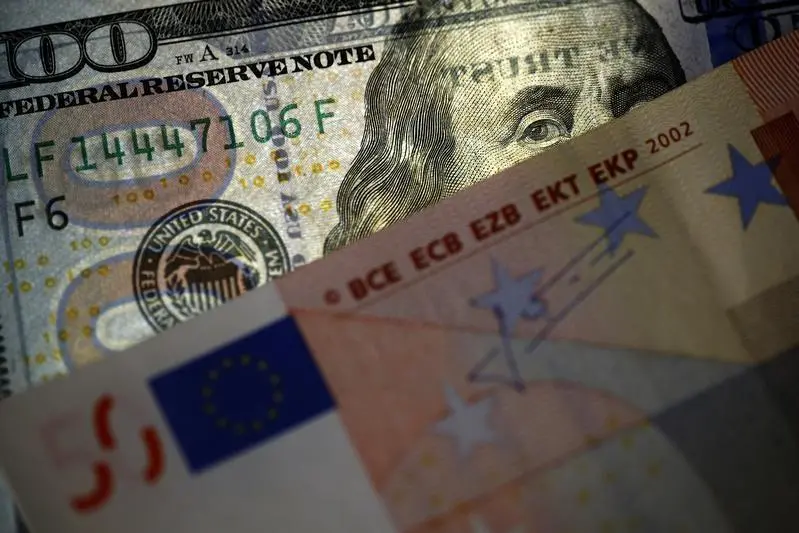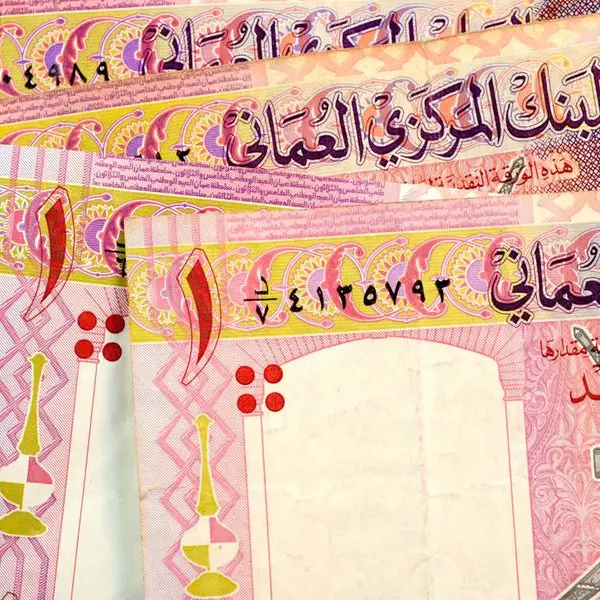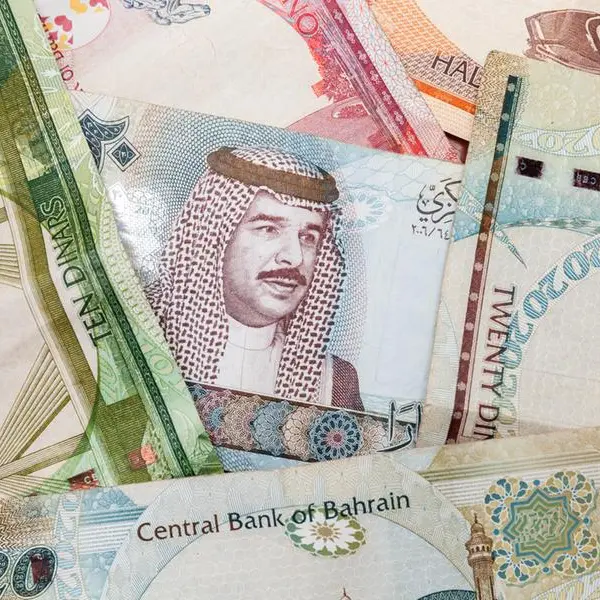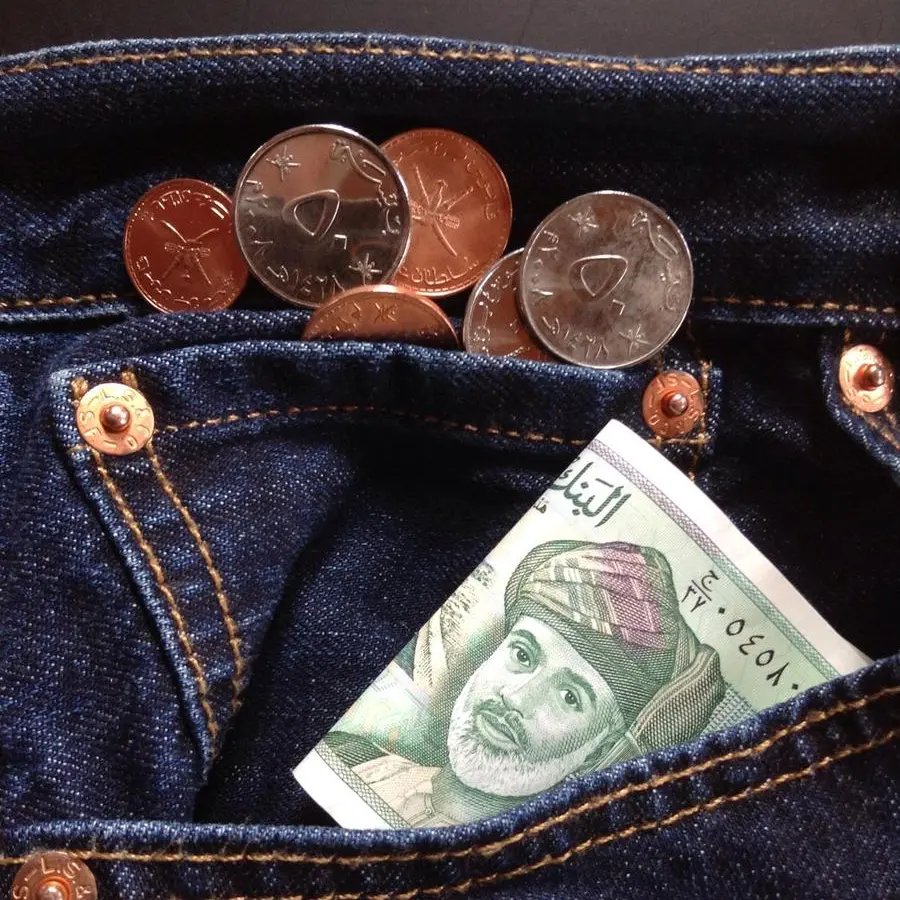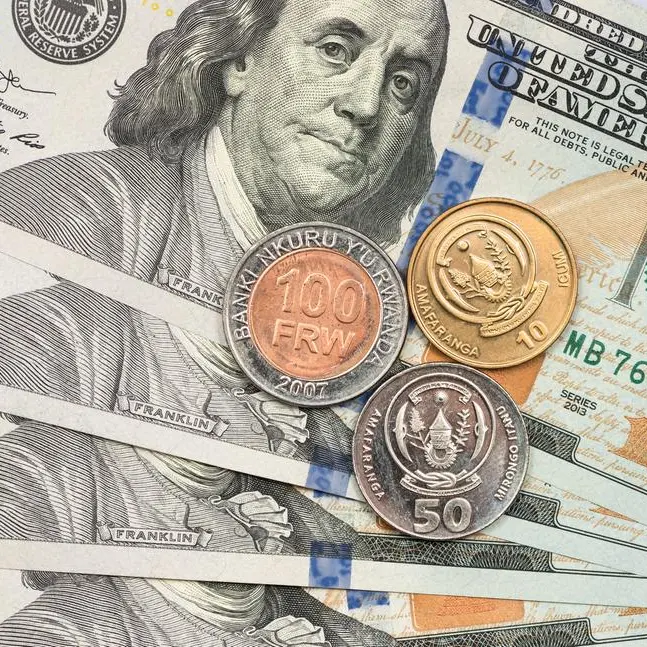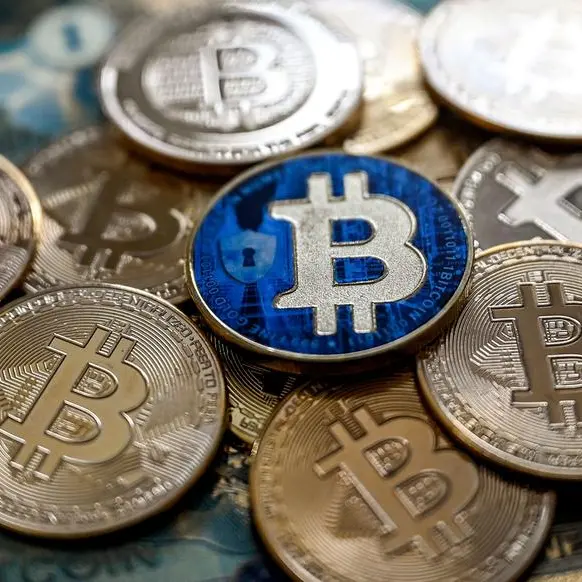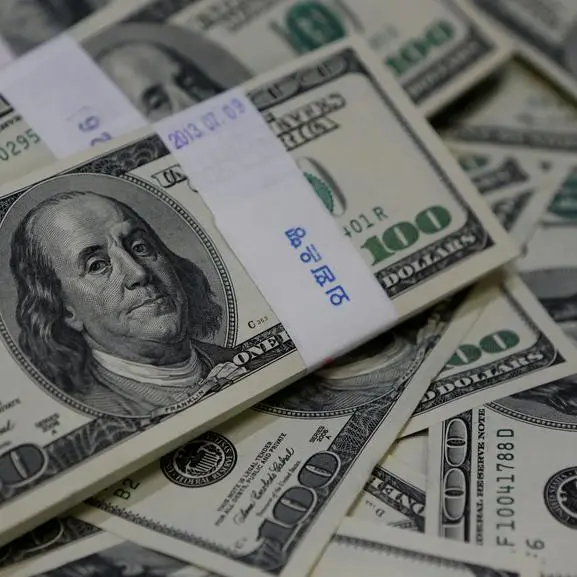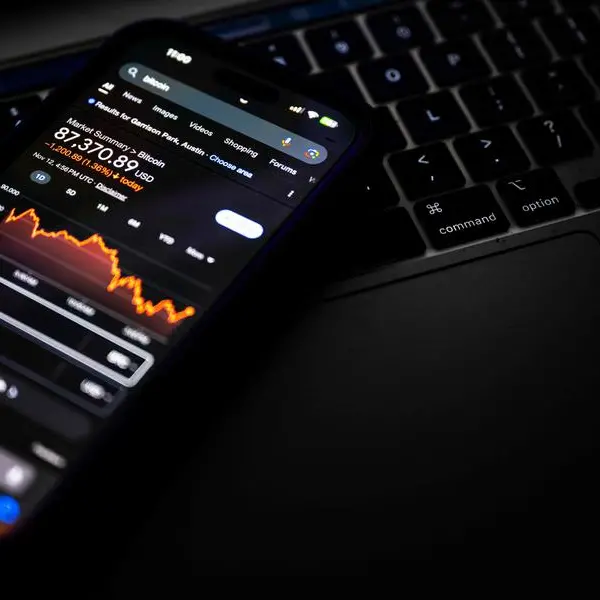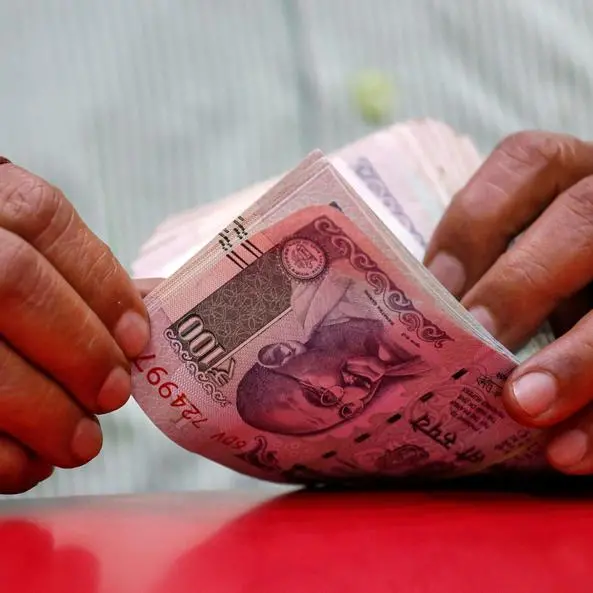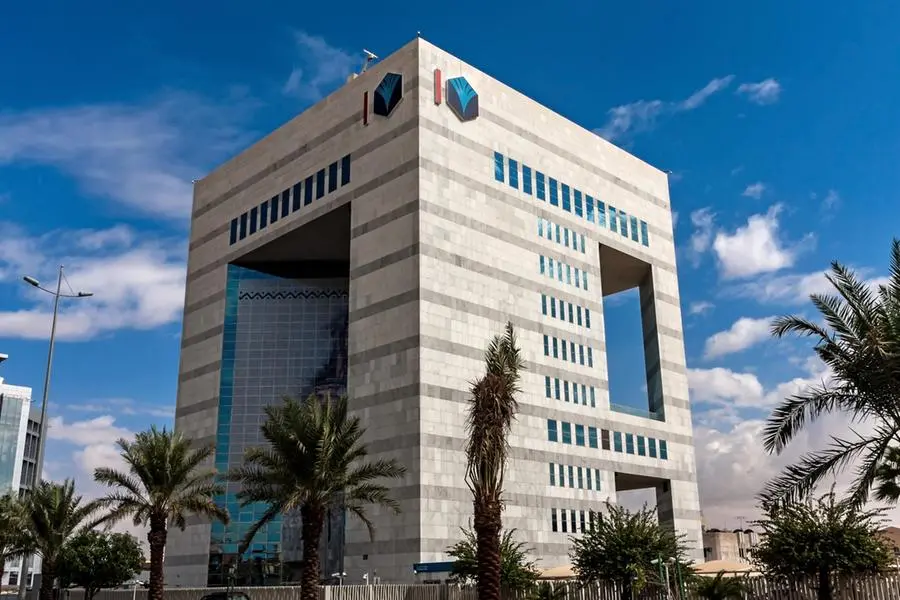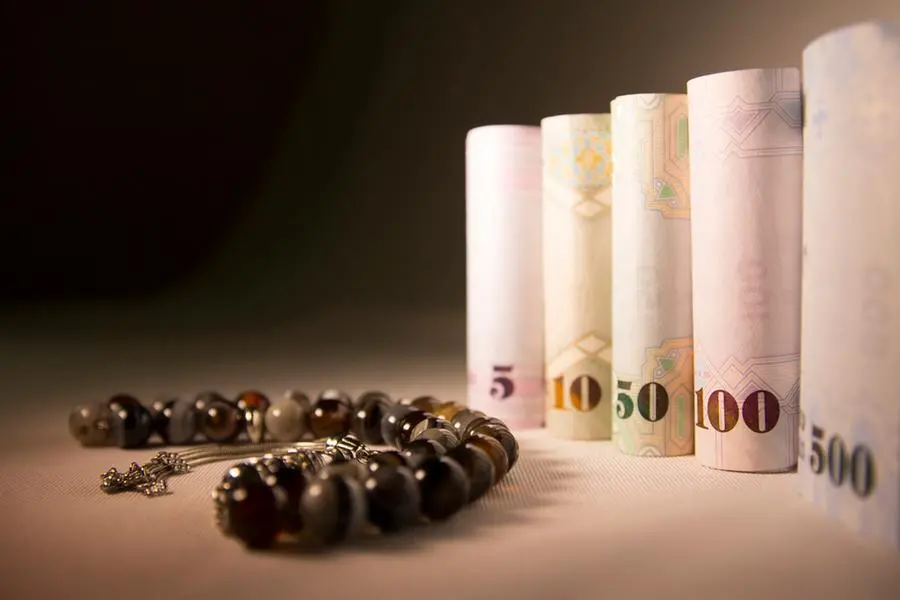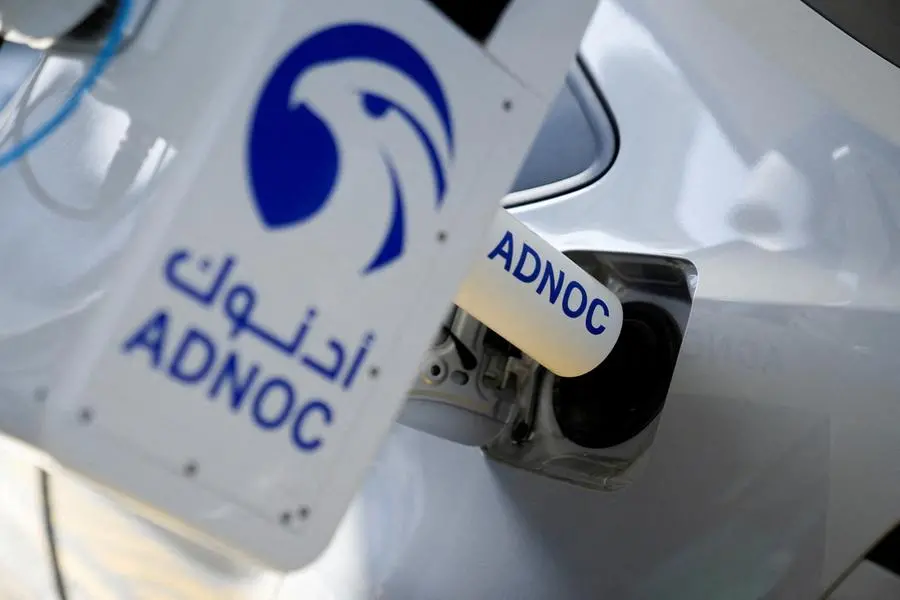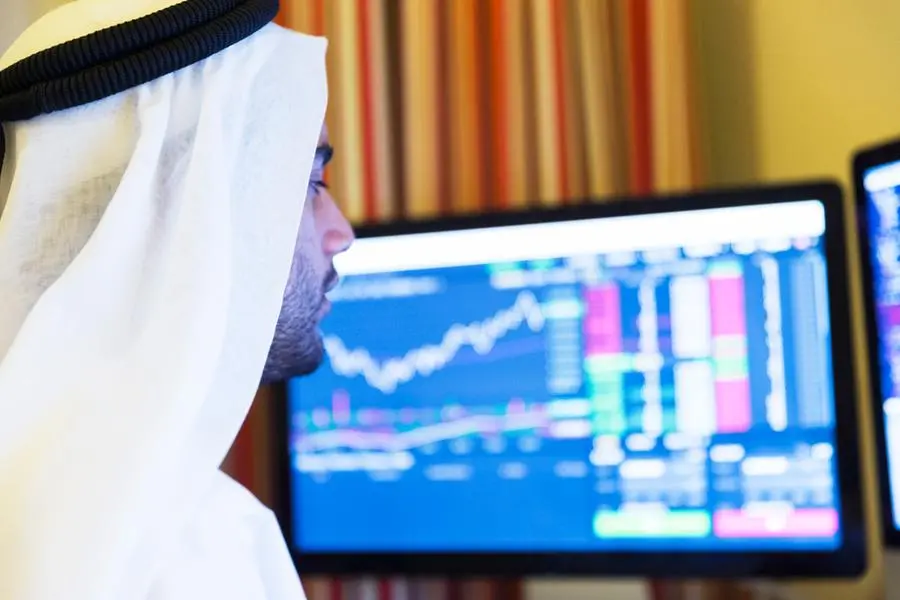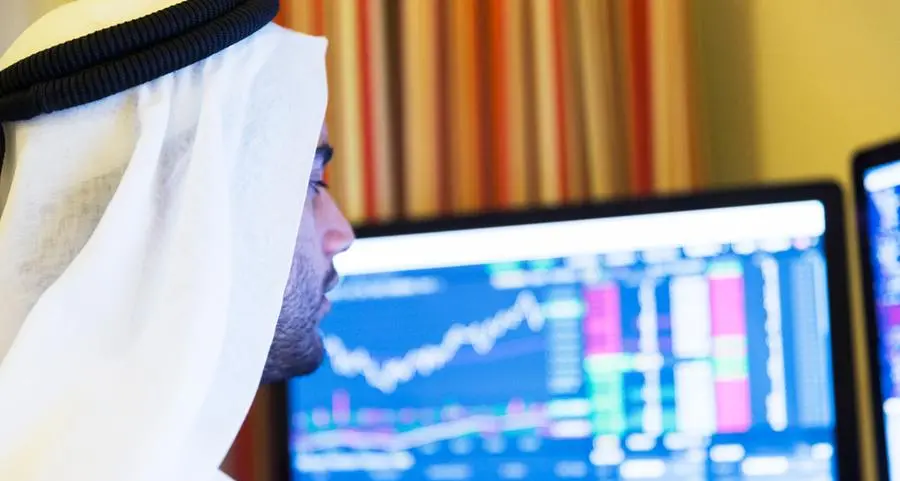PHOTO
A picture illustration shows U.S. Dollar and Euro banknotes in Sofia March 12, 2015. REUTERS/Stoyan Nenov
LONDON - The euro rose against the safe-haven dollar on Monday as risk sentiment improved on hopes China's policy stimulus might stabilise the economy, while U.S. jobs data boosted bets the Federal Reserve could be at the end of its rate hike cycle.
With U.S. markets closed on Monday, liquidity is likely to be thin and traders hesitant to place large bets.
The euro was up 0.3% at $1.0800, just off a 10-week low touched last week against the dollar. The single currency has weakened almost 12% this summer.
The dollar, against a basket of currencies including the euro, inched 0.14% lower to 104.09, but remained close to the two-month peak of 104.44 it touched on Aug. 25. The index gained 1.7% in August, snapping its two-month losing streak.
China stepped up measures to boost the country's faltering economy on Friday, with Beijing planning further action including relaxing home-purchase restrictions.
The Australian dollar and the New Zealand dollar also got a lift from those measures.
In the meantime, data on Friday showed U.S. job growth picked up in August, but the unemployment rate jumped to 3.8%, while wage gains moderated.
A string of economic data highlighting moderating inflation as well as an easing labour market have added to the impression the U.S. economy is cooling without slowing sharply, reinforcing hopes that the economy is set for a soft landing.
Markets are pricing in a 93% chance of the Fed holding steady on rates this month, and over a 60% probability of no more hikes this year, the CME FedWatch tool showed.
"The U.S. dollar is softening against most other G10 currencies today as risk appetite improves on the back of China support measures," said Jane Foley, head of FX strategy at Rabobank.
"The euro could have derived a little boost from expectations that, on balance, the ECB will maintain a hawkish bias in part to prevent market rates falling too soon. Schnabel’s comments provided an insight into this," she added.
ECB board member Isabel Schnabel said last week that euro zone growth is weaker than predicted just a few months ago but this does not automatically void the need for more rate hikes, especially as investors are undoing some of the ECB's past work.
Analysts at UniCredit expect trading to remain subdued on Monday despite ECB President Christine Lagarde being scheduled to speak later in the day.
Sterling was up 0.3% at $1.2624 as revised British data published on Friday showed the economy recovered faster from the pandemic than previously thought.
British finance minister Jeremy Hunt said at the weekend that inflation was on track to halve by the end of 2023, vowing to focus on the goal as he laid out his priorities ahead of the reopening of parliament after the summer break.
Elsewhere, the Australian dollar added 0.2% to $0.6462 ahead of the Reserve Bank of Australia policy meeting on Tuesday when it is expected to stand pat. A Reuters poll showed that all but two of 36 economists said the RBA would hold its official cash rate at 4.10% on Sept. 5.
The Canadian dollar slipped 0.14% to 1.36 per dollar ahead of the Bank of Canada's policy meeting this week, with the central bank expected to hold rates.
Looking ahead, investor focus will be on a number of Fed officials due to speak this week for clues on what the U.S. central bank will do at its next policy meeting on Sept. 19-20.
(Reporting by Joice Alves in London, additional reporting by Ankur Banerjee in Singapore; Editing by Susan Fenton and Sharon Singleton)
